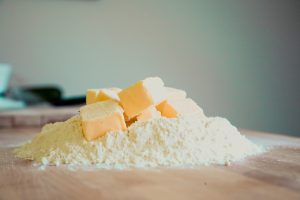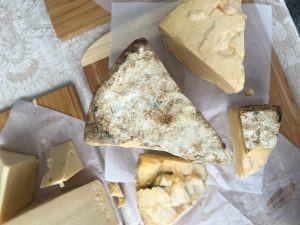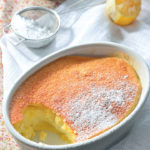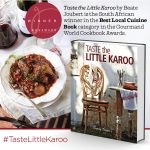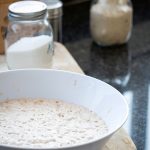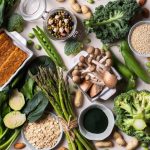Milk, maas, cheese and yoghurt are frequently essential components of our family meals, adding flavour, texture and high nutritional value. Dairy offers a nutrient-dense option, packing a punch with high-quality protein, well-balanced with carbohydrates and fat, as well as important nutrients such as calcium, phosphorus, potassium and vitamins. When it comes to planning meals and managing the monthly food budget, dairy products also offer incredible flexibility and versatility.
Dairy can be used in any meal of the day – from yoghurt and fruit at breakfast, the cheese in a lunchbox sandwich to the heart-warming lasagne for family dinner. Dairy can be used to enhance the nutritional value of a meal or snack, as well as improve the flavour and texture of a dish. Here are tips from Rediscover Dairy to help you save and keep healthy:
Getting more from dairy, while avoiding food waste
It helps to keep track of the ‘use-by’ dates on dairy products. Many dairy products such as milk, yoghurt and hard cheeses freeze well, so, if it looks like there is going to be a surplus, divide into portions and freeze beforehand. In these tough economic times, when we are trying hard to make the budget stretch, it helps to have some tips for making good use of leftover milk and other dairy, for instance:
To save costs substitute milk for cream in soups and sauces. Add leftover or slightly soured milk to other soup and sauce recipes, as well as to your stock for risotto for a creamier result.
Use any surplus of milk to bake bread, muffins, pancakes or cake. It can also be used for dessert in a custard sauce or sago pudding or treating the kids to a cup of warm milk before bed.
Turn a cup of leftover milk into a buttermilk substitute by adding it to a teaspoon of white vinegar and lemon juice. Stir gently and let it stand before use.
When it comes to leftover hard cheeses such as cheddar and gouda, cut off any mould that has developed, about one centimetre deep, and still use the remainder.
Don’t discard the rinds of hard cheeses such as parmesan and pecorino. Instead add them to soups and stocks while they cook. They add a delicious umami flavour and slightly thicken soups and sauces. Remove the remaining rinds before serving.
Read more: Homemade yoghurt and labneh
Smart hacks for cooking with dairy
Dairy such as yoghurt, cream, milk, crème fraiche and full-fat cream cheese should be added to sauces, soups and other dishes over a low heat and gently stirred in. Dairy-based sauces such as a bechamel, cheese or custard should similarly be prepared over low to moderate heat, and boiling should be avoided.
Yogurt, milk, cream and sour cream can benefit from a touch of flour during cooking to ensure that it doesn’t separate into curds and whey.
Maas, buttermilk and yoghurt can all be used to tenderise meat and chicken. Lactic acid in dairy helps to soften inexpensive cuts of meat giving you a more succulent result. Marinate meat and chicken with dairy overnight or for a couple of hours in a covered dish kept in the fridge. Dairy-marinated chicken is excellent for braaing, potjies, frying and oven-baking.
Yoghurt is an excellent addition to soups, stews, sauces and curries. Fold it into the dish gently over low heat to maintain its rich and creamy consistency.
Swop buttermilk or maas for milk in recipes for omelettes, flapjacks and pancakes for a fluffier result.
To prevent your veggie quiche from turning out too watery, sprinkle a little flour over the veggies and then replace all or half the milk with cream, maas or double-cream yoghurt.
Use yoghurt as a substitute for oil or mayonnaise in dips, salad dressings and sauces. Yoghurt is ideal for freezing and makes excellent frozen lollies for kids and yoghurt bars for the whole family. Alternatively, you can also swop buttermilk or maas for coconut milk in curry recipes for a creamier, flavourful result.
ALSO SEE: 5 Tips to use and store dairy
Originally published on Bona.
Feature Image: Pexels/ Cottonbro Studios


